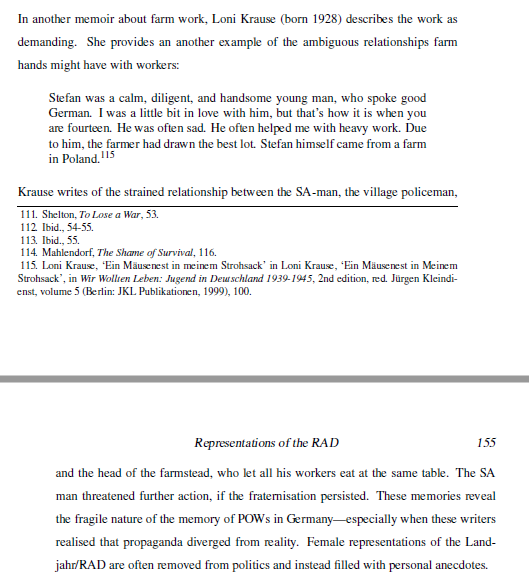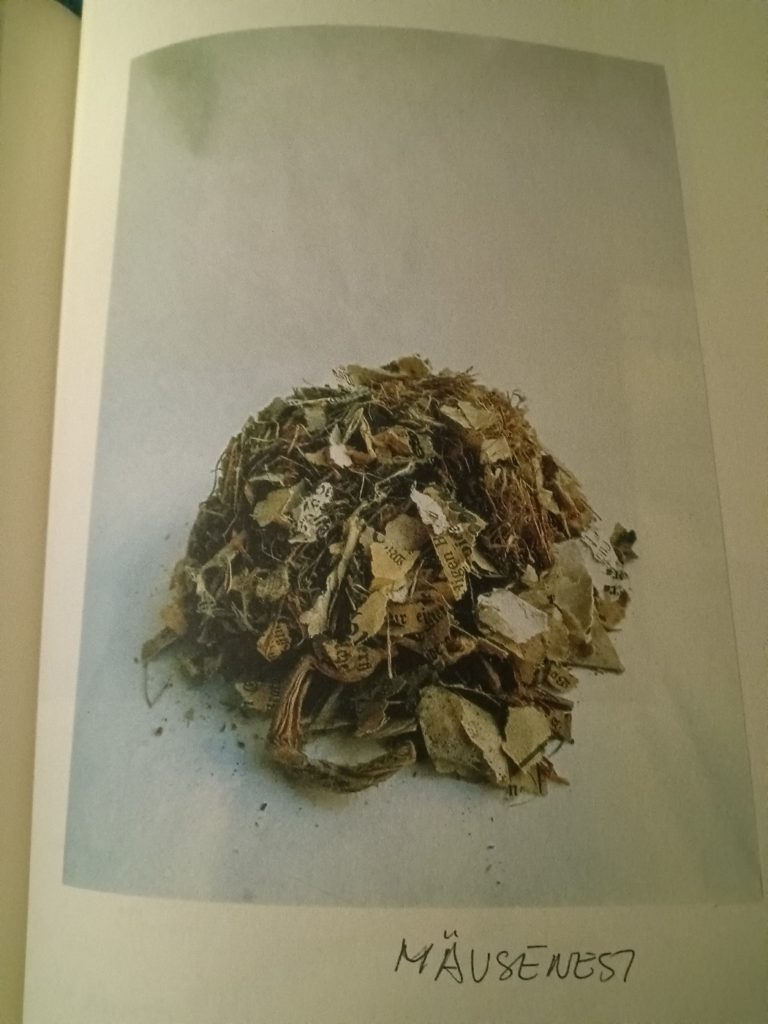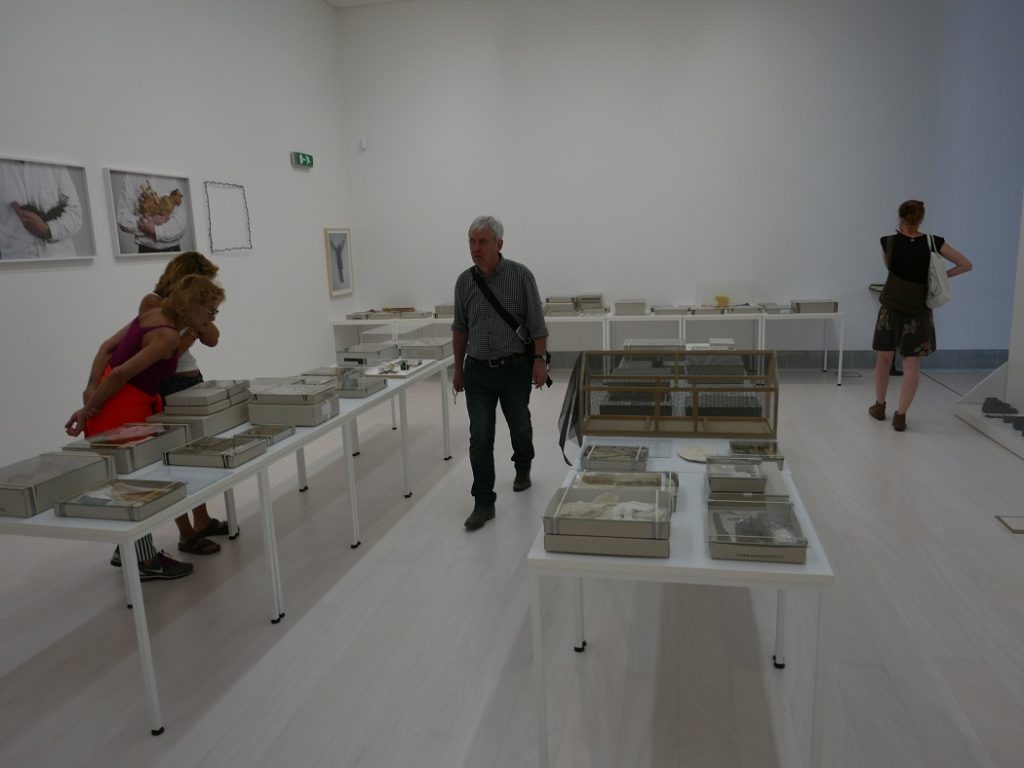a place / in which the living shows itself visibly over the ordering / where the impossibility of a destruction turns again and again blossoms from its opposite / from the conceivable consequences of the non-sterile into the bold future.
– from Lois Weinberger ‘In the Geography of Deer and Mole’, in DEBRIS FIELD: ERKUNDUNGEN IM ABGELEBTEN (2019, published by Museum Tinguely, Basel, designed by Vier5)
The work Debris Field (2010–2016) explores and stages relics from several centuries of history found at Weinberger’s parents’ farm. The farm managed by his family until today is linked to Stams Abbey and reflects a history of mutual influence. It preserves and tells stories of piety, superstition and the sparse life full of privation between the high culture of the abbey and forms of behaviour linked to the late medieval period. Debris Field has the form of an excavation that takes place in the sedimentary layers of time in the attic and gaps between the floors of the building. Due to the lack of contact with the ground and dampness, this ‘archaeology of the housed’ reveals a wealth of objects much like a chamber of curiosities, an amazing universe of peasant life that enables a more profound take on everyday life. Weinberger sees the house as an archive of life and the relics as marginalia that define the true focus of the archive, its gaps. He lends expression to these essential gaps and their spaces of memory with poetic works and thus illustrates an everyday surrealism with objects, drawings, texts and photographic works. Associative, playful-animistic stagings arise revaluations, including things that are not considered of import for classical archaeology.
– Press release for the exhibition Lois Weinberger: Debris Field Museum Tinguely 2019

It is in our recent history / while collecting discarded shoes / to think about those murdered during the time of the NS
– from Lois Weinberger “Debris Field: Explorations into the Decrepit, 2010-2016′, in DEBRIS FIELD: ERKUNDUNGEN IM ARGELEBTEN, ARBEITSHEDT 2010-2016 (2017, published by documenta 14, designed by Vier5)




